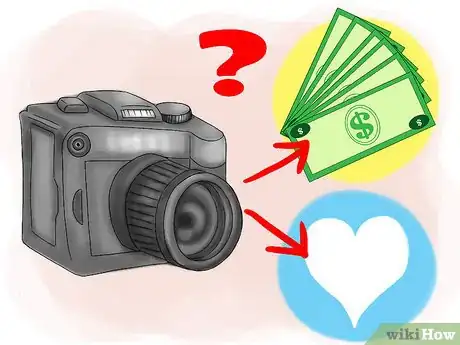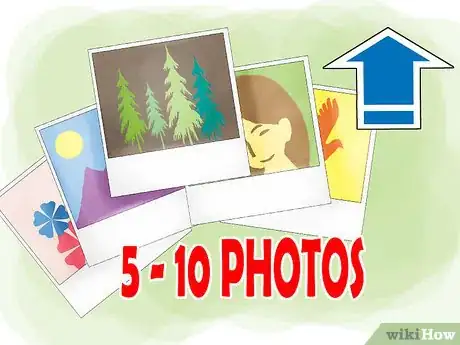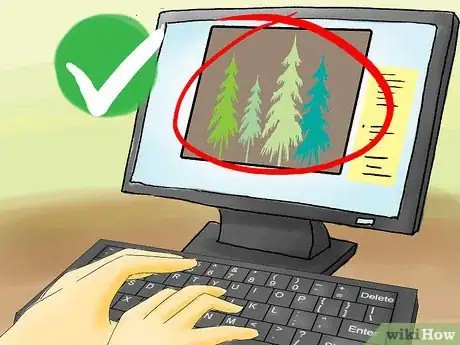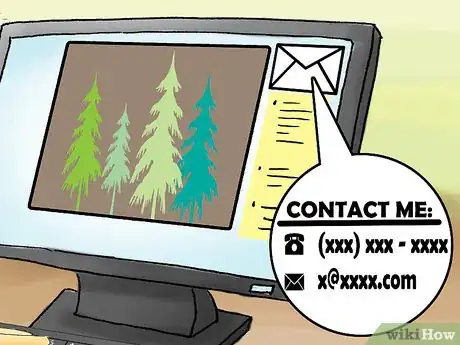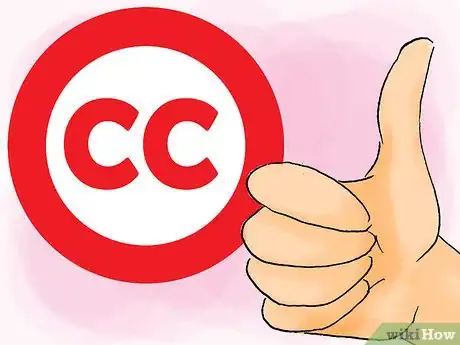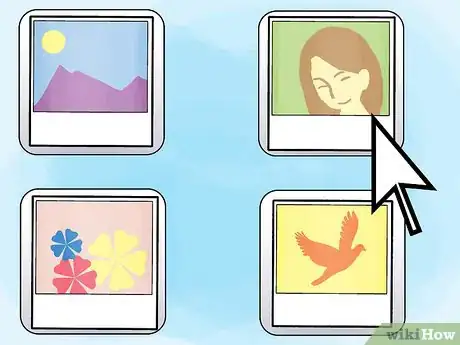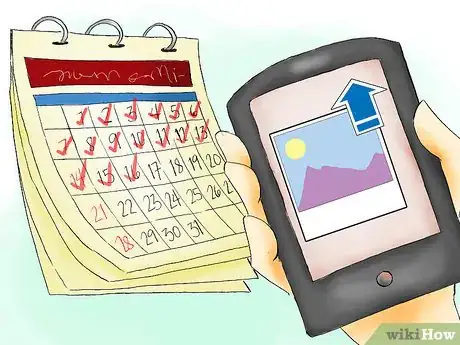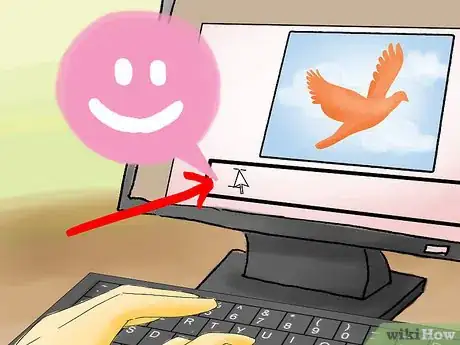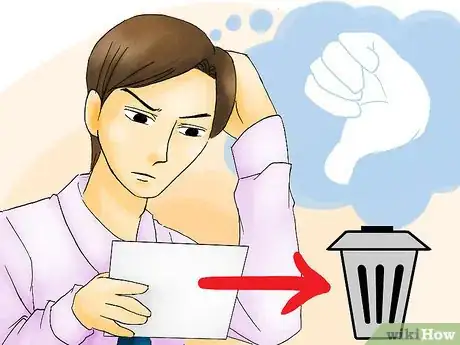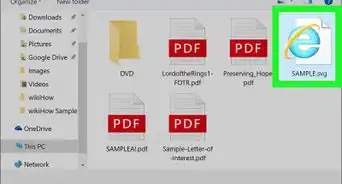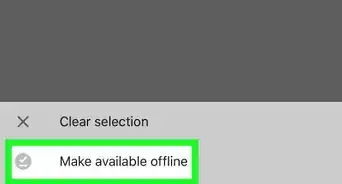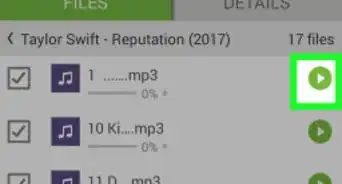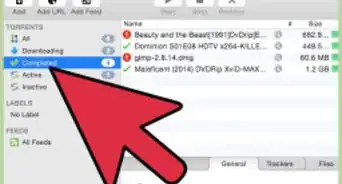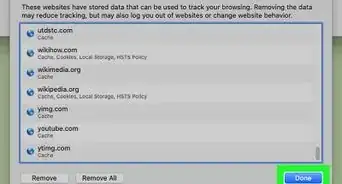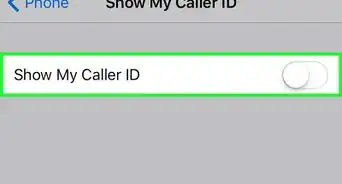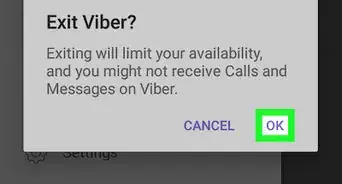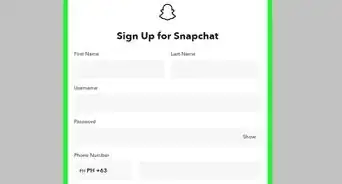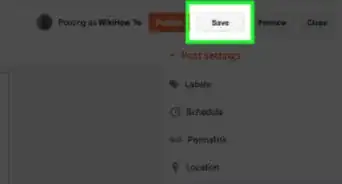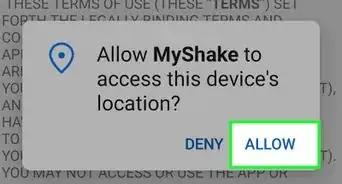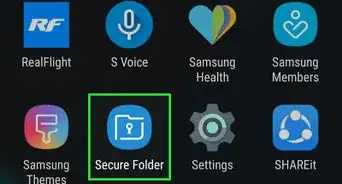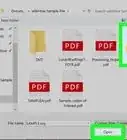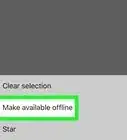This article was co-authored by Adam Kealing. Adam Kealing is a Professional Photographer based in Austin, Texas. He specializes in general wedding, destination wedding, and engagement photoshoots. Adam has over 11 years of photography experience. His work has been featured in Green Wedding Shoes, Style Me Pretty, Once Wed, and Snippet Ink. His work has won numerous awards with Fearless Photographers and Masters of Wedding Photography.
wikiHow marks an article as reader-approved once it receives enough positive feedback. In this case, 91% of readers who voted found the article helpful, earning it our reader-approved status.
This article has been viewed 64,535 times.
A photography blog can be a great way to show off your favorite photos as well as providing explanatory content for people following your blog. Any photographer looking to break into the business or simply hoping for viewers should consider getting a blog, which gives people a place to find your work and easily and gives you the incentive to practice taking new pictures constantly.
Steps
Building a Photo Blog
-
1Consider your reasons for starting a photography blog. Are you looking to make a professional site to sell photos or are you just looking to share your work with others? This will make a big difference in your overall blog, as there are many different blogging sites depending on your needs. In general:
- Professional Photographers should strongly consider buying their own domain name (www.NicksPhotos.com, for example), so that they look like a reputable business. Most major blogging sites, like Weebly or Wordpress, allow you to buy your own domain name and customize your photos.
- Recreational Photographers often find success on larger photo sharing sites, like tumblr, where it is easy to market your work to others with similar interests. These are free and easy to set up and get running.
-
2Upload 5-10 photos right when you make your site. This lets people see that you have content available right from the get-go, which makes them more likely to follow your blog. It also gives you a chance to see your template (the style of your blog) in action and tweak it to fit your vision.
- Once you've chosen your blogging site, search online for "Free photography templates for ________", where the blank is Wordpress, Tumblr, etc. They are easy to copy to your own blog and many are customizable.
-
3Make sure your photos are the main attraction. You want your reader's first impression to be your photography, not big blurbs of text, titles, or pleas to buy some work. Some ways to do this include:
- Choose 4-5 of your favorite photos and feature them on the top of the screen in a slideshow or photo strip.
- Make the center of your page your most recent photo or post.
- Make your home page a tiled collection of all your posts (available in certain blogging templates).[1]
-
4Add basic contact information to your page. Often this is in a little section labeled "About," but you can also delineate a "Contact Me" page on many blogging sites like Tumblr. This is important if anyone wants to use the rights to your photos or hire you for a gig.
-
5Consider adding a Creative Commons license. These free licenses tell people what you will allow them to do with your photos. You can choose from a variety of options on their website, from "Everyone can use freely" to "May only be used or reproduced with permission from me." This simple addition is a great step to take in case of copyright infringement.
- You can ask people to request permission to reuse, let them know that they cannot, or can use only for non-profit reasons.
- Creative Commons has a small but helpful legal team to help you deal with disputes as well.[2]
Choosing Pictures
-
1Decide on a theme. Having a theme for your blog makes it easier to find, easier to market, and more likely to hit it big. There are a lot of photo blogs out there, but being able to tell people specifically the types of photos they will see helps them find the photos they want to see, meaning your viewers will be more interested in your content. Themes don't have to be complex -- "landscapes," "portraits," and "Urban life" are all better than a random collection of photos.
-
2Post a picture every single day. In order to get viewers and build a following, you need to be constantly providing content. If you don't someone else will be there to provide a new photo for your viewers to look at.
- All blogs have scheduling features, meaning you can take 20 photos on Sunday and then schedule the blog to automatically post a new one each day of the week.
-
3Add captions, stories, and personality. The best blogs are infused with the personality of the photographer. Let people know why you're interested in the shot, the weird story that happened on the way to get it, the history of the subject, or the technical feats used to make the shot look great. There are very few "wrong" ways to do this. Simply write about what interests you about the shots.
-
4Consider grouping shots into "photo essays" or collections. This is a great way to bring viewers into your blog and work on your photo skills. Every few weeks, give yourself a specific challenge -- 10 photos in black and white, portraits of the neighborhood, hiking photos -- and then group those challenges into smaller sub-folders. You can even make a "tag" for the photos so that your viewers can see your many photo talents. You could have a page or group of "Nature" photos alongside your normal abstract photography, or you could try to tell the story of a day in a 10 photo "story."
-
5Avoid any photos that will bring down the overall quality of your blog. While some photos might have incredible emotional appeal to you, it is not worth adding bad shots just because of your own emotions or because you didn't post yesterday. People will not respond to them as positively as you. This means using your head, not your heart, to select the images you add to your blog. Exceptions include explaining how not to take a shot, or an exceptional moment (such as a famous person spotted in a blur) but make sure you back it up with an incredible explanation!
- Avoid blurry images.
- Avoid boring images.
- Avoid poorly exposed images.
- Avoid commonplace images. You are aiming to be different so that people will want to follow your blog rather than someone else's.[5]
-
6Engage in the online photo community. A big part of blogging is meeting other photographers who share your interests. Follow other photographers for inspiration and take the time to let them know when you like a shot they took. Swap information on social media and re-blog someone's work if you think it is particularly impressive. This not only increases your viewership, but it can also lead to collaborations and future projects if you make friends with nearby photographers.
Community Q&A
-
QuestionCan I use my mobile phone for the picture taking?
 Community AnswerYes, use a USB cable from your phone to your computer and shift the photos to the computer for uploading to your blog. However, do let people know you used a phone and not a standalone camera, as this matters when discussing photography.
Community AnswerYes, use a USB cable from your phone to your computer and shift the photos to the computer for uploading to your blog. However, do let people know you used a phone and not a standalone camera, as this matters when discussing photography.
References
- ↑ http://www.flixelpix.com/blog/how-to-run-a-wordpress-photoblog/
- ↑ http://creativecommons.org/about
- ↑ http://www.picturecorrect.com/tips/photoblogging-how-to-start-a-photoblog/
- ↑ Adam Kealing. Professional Photographer. Expert Interview. 7 April 2020.
- ↑ http://theartofphotography.tv/episodes/aop-extras/how-to-start-a-photoblog/
